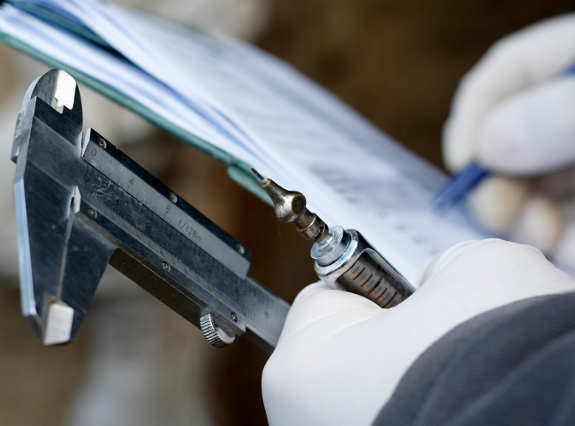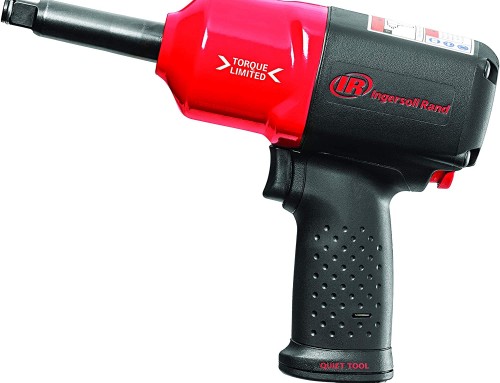A common question in the calibration industry is, “How often should our instruments be calibrated according to industry quality standards?”
The problem is that quality standards do not specify the calibration period of specific equipment because there are just too many factors involved for any qualification body to determine a set cycle. Therefore, companies are left to specify their own calibration cycles.
This may seem like a daunting task……where do you start?
Pylon Electronics has been in the Calibration business for over 60 years and we’ve developed some guidelines to help you determine the right calibration cycle.
Calibration Cycle: General Guidelines
Unfortunately, there are no quick answers in figuring out the best calibration cycle. However, by examining the instruments and studying their behaviour you can design an appropriate schedule.
Calibration cycles can be:
- Weekly
- Monthly or Bi-Monthly
- Quarterly
- Semi-annually
- Annually
- Or Even Longer
It’s very important to calibrate instruments regularly even if the measurements seem accurate. Of course, you should calibrate any unit immediately if you notice any change in measurements even if it’s before the scheduled calibration date.
Deriving the calibration cycle can be quite complex because there is no single method suitable for the entire range of measuring instruments. There are many parameters influencing the time interval between calibrations that should be considered. The most important ones are the manufacturer’s recommendations, tendencies of wear and tear, environmental conditions, the severity of use, repair and maintenance record, and the level of training of the operator using the instrument.
The time interval between initial calibrations can be refined over time. For example, the procedure used for deciding the calibration cycle should be documented with the calibration data recorded for future use, and the person experienced with measurements on similar instruments should make the final decision regarding the calibration interval.
The process of time interval estimation between calibrations is a dynamic one. Once a calibration schedule has been established it must be fine-tuned to balance the risks and calibration cost. It’s also possible that the time interval initially established does not yield proper results. There could be many reasons for this, the instrument may be less reliable, the severity of use may differ, and limited calibration may be enough compared to full calibration.
Calibration Cycle: Important Considerations
As previously stated, before an optimal calibration cycle can be established, the time interval between calibrations needs to be continually reviewed. The process to finding the best calibration will depend on various factors such as the availability of historical calibration data for the instrument, type of instability in the instrument, whether or not the instruments undergo an adjustment, and if the instrument exceeded the calibration by drift over time or by usage.
The following considerations will help you determine the best calibration cycle for your equipment:
- The type of unit is important. For example, electrical or mechanical (mechanical units may be affected more by use or wear and tear).
- Amount of usage between calibration cycles.
- High-risk factors concerning what the unit is used for. For example, Aviation vs Automotive.
- The history of a particular unit is also important. For example, has the unit had out of tolerance issues in the past?
- Environment in which the unit is used. Is it a harsh environment? Is the unit heavily used? If so, the unit will require a shorter calibration cycle.
- Are there other quality standards and/or laws in which the unit’s use may fall under?
- Manufacturers can provide guidance regarding the calibration cycles of their units.
Calibration Cycle: An ounce of prevention is better than a pound of cure
Obviously performing calibrations consumes time and money, doing it too often is a waste of resources. However, due to all the risks of not calibrating units enough, it’s better to err on the side of caution and calibrate frequently.
Neglected calibrations can cause quality problems, failure to meet standard/regulatory requirements, production downtime, put employee and customer safety at risk, cause economic losses and other negative consequences.
- Wastage: If the instrument is not perfectly calibrated, it might lead to potential wastage of resources and time consumed in the operations, resulting in an overall increase in expenses.
- Faulty or Questionable Quality: If the instrument is improperly calibrated, the chances of faulty or questionable quality of finished goods arises. Calibration helps maintain the quality in production at different stages, which gets compromised if any discrepancy arises.
- Fines or litigations: Customers who have incurred damage may return the product against a full refund, which is an unnecessary expense. However, a greater danger would be if the customer went for litigation due to damages. Your company could be up for serious costs in terms of reputation and restitution payments.
- Increased downtime: Poor quality of finished goods is the first indicator of disrepair in your equipment. Regular calibration programs identify warning signs early, allowing you to act before any further damage is caused.
- Greater Recall Risk: If your calibration cycle is too long, the chances that a unit operates outside its tolerance allowance increases. If this tolerance violation results in a product recall, the outcome can be very costly and could negatively affect your brand. The longer a unit is out of tolerance, the greater the recall risk and more items being recalled.
Instrument calibration is one of the most basic of maintenance procedures. Every business using machinery and/or instruments must have an established calibration procedure, specified in their machinery or instruments requirement.
The consequences of not calibrating adequately will cost much more than maintaining a good calibration management process.
For more information on determining your calibration cycle, please feel free to contact us and we would be happy to help. Pylon Electronics has been in the calibration business for over 60 years and we’re always happy to help.





